Lee Van Cleef carved a unique place in Western cinema with his sharp features, intense gaze, and unforgettable presence. Often cast as a villain or antihero, he became one of the most iconic faces of Spaghetti Westerns, particularly during the 1960s and 1970s. Here’s a look at his top 10 Western films that defined his career:
0 Comments
Randolph Scott was one of the greatest Western stars of Hollywood’s Golden Age, known for his rugged charisma and strong, silent persona. Here’s a top 10 list of his best Western films: 1. Ride the High Country (1962) Scott’s final film and one of his best, directed by Sam Peckinpah. This elegiac Western pairs Scott with Joel McCrea as aging lawmen facing one last test of honor. 2. Seven Men from Now (1956) A tightly wound revenge Western, directed by Budd Boetticher, featuring Scott as a former sheriff hunting the men responsible for his wife's murder. 3. The Tall T (1957) One of Scott’s best collaborations with Boetticher, this film finds him facing off against Richard Boone’s menacing outlaw in a tense hostage situation. 4. Ride Lonesome (1959) A superbly crafted Western with Scott as a bounty hunter using an outlaw as bait to lure in a bigger prize. The film boasts strong performances and breathtaking cinematography. 5. Comanche Station (1960) The final Scott-Boetticher collaboration, a minimalist and intense Western about a man who rescues a kidnapped woman and must fend off dangerous outlaws. 6. Decision at Sundown (1957) A unique entry in the Boetticher-Scott series, with Scott playing a more flawed, revenge-driven character than usual. 7. Buchanan Rides Alone (1958) A lighter, more ironic Western, with Scott caught in the middle of a corrupt border town’s power struggle. 8. Hangman’s Knot (1952) A Civil War-era Western where Scott leads Confederate soldiers who unknowingly steal gold after the war has ended. 9. The Nevadan (1950) A well-paced Western featuring Scott as a government agent in pursuit of stolen gold and a wanted outlaw. 10. Abilene Town (1946) An earlier Scott Western where he plays a lawman caught between warring factions in a frontier town undergoing change. Scott’s partnership with director Budd Boetticher produced some of the finest Westerns of the 1950s, and his final film, Ride the High Country, is an all-time classic. Which of these have you seen? John Wayne was the quintessential Western movie star, defining the genre for generations with his towering presence, rugged charm, and strong moral code. With a career spanning over five decades, he starred in some of the greatest Westerns ever made. Here are the top ten John Wayne Westerns that stand out as true classics.
10. The Shootist (1976) Wayne’s final film is a poignant and reflective story about an aging gunslinger diagnosed with cancer, mirroring the actor’s own real-life battle. It’s a fitting farewell to the legend, with a strong supporting cast including James Stewart and Lauren Bacall. 9. Rio Bravo (1959) A thrilling and stylish Western, Rio Bravo follows a sheriff (Wayne) who, with the help of a ragtag group including Dean Martin and Ricky Nelson, defends his town from a powerful gang. Howard Hawks' direction makes this one of Wayne’s most entertaining films. 8. Red River (1948) A tense and gripping cattle-drive epic, Red River showcases Wayne as a hardened, tyrannical trail boss who clashes with his adopted son (Montgomery Clift). This film demonstrated Wayne’s ability to play complex and morally ambiguous characters. 7. True Grit (1969) One of Wayne’s most iconic roles, Rooster Cogburn is a one-eyed, grizzled U.S. Marshal hired by a young girl to track down her father’s killer. Wayne’s performance won him his only Academy Award and remains one of his most beloved roles. 6. The Sons of Katie Elder (1965) This film tells the story of four brothers, led by Wayne, who return home to avenge their murdered father and reclaim their family ranch. It’s a compelling blend of action and drama, featuring strong performances from Wayne and Dean Martin. 5. The Searchers (1956) Arguably Wayne’s greatest performance, The Searchers is a dark and complex Western about a Civil War veteran’s obsessive quest to rescue his kidnapped niece. Directed by John Ford, this film is widely regarded as one of the greatest movies of all time. 4. Stagecoach (1939) The film that made Wayne a superstar, Stagecoach is an action-packed adventure that redefined the Western genre. Playing the Ringo Kid, Wayne delivers a breakout performance in this classic about a group of strangers traveling through dangerous Apache territory. 3. The Man Who Shot Liberty Valance (1962) A deep and thought-provoking Western, this film explores the contrast between law and violence, legend and truth. Wayne plays a rugged cowboy opposite James Stewart’s idealistic lawyer, with Lee Marvin as the menacing outlaw Liberty Valance. 2. El Dorado (1966) A spiritual successor to Rio Bravo, El Dorado sees Wayne teaming up with Robert Mitchum as an aging gunfighter helping a drunken sheriff defend a town. Filled with humor, action, and camaraderie, it’s one of Wayne’s most enjoyable films. 1. The Cowboys (1972) A unique entry in Wayne’s filmography, The Cowboys features him as an aging rancher forced to rely on a group of young boys to drive his cattle. With one of his most heartfelt and gritty performances, this film remains a fan favorite. John Wayne’s legacy as the ultimate Western hero remains unchallenged. These ten films showcase his talent, charisma, and ability to bring the American frontier to life. Lon Chaney Jr. was one of the most recognizable faces of classic horror, following in the footsteps of his legendary father, Lon Chaney. While he played a variety of roles throughout his career, he is best remembered for his work in the horror genre, particularly as the tragic Larry Talbot in The Wolf Man (1941). Here are ten of his best horror films:
1. The Wolf Man (1941) Arguably Chaney Jr.'s most famous and enduring role, this Universal horror classic sees him as Larry Talbot, a man cursed to transform into a werewolf under the full moon. His sympathetic and tragic performance made the character unforgettable. 2. Frankenstein Meets the Wolf Man (1943) A direct sequel to The Wolf Man, this film pits Chaney Jr.'s Larry Talbot against Frankenstein’s Monster (played by Bela Lugosi). It was Universal’s first true monster crossover and remains a fan favorite. 3. Son of Dracula (1943) Chaney Jr. took on the role of Count Alucard (Dracula spelled backward) in this atmospheric vampire film. While an unusual choice for the role, he delivers a compelling performance as a sinister and imposing Dracula. 4. The Ghost of Frankenstein (1942) Taking over the role of Frankenstein’s Monster from Boris Karloff, Chaney Jr. brings a unique take on the creature, starring alongside Bela Lugosi as Ygor in this solid Universal horror entry. 5. House of Frankenstein (1944) This monster mash-up features Chaney Jr. once again as Larry Talbot, alongside Frankenstein’s Monster, Dracula, and a hunchbacked assistant. It’s a fun and action-packed Universal horror outing. 6. House of Dracula (1945) Another ensemble monster movie, this one continues Talbot’s tragic story as he seeks a cure for his lycanthropy. Chaney Jr. gives a strong performance, adding layers of emotion to his role. 7. The Frozen Ghost (1945) Part of Universal’s "Inner Sanctum" mystery series, this film features Chaney Jr. as a hypnotist haunted by a deadly incident. The eerie atmosphere and psychological horror elements make it a standout. 8. Calling Dr. Death (1943) Another "Inner Sanctum" film, this murder mystery-horror hybrid sees Chaney Jr. as a neurologist accused of killing his unfaithful wife. The film’s dreamlike sequences and eerie narration add to its intrigue. 9. The Black Castle (1952) A Gothic horror film featuring Chaney Jr. in a supporting role alongside Boris Karloff. The film’s dark castle setting and sinister atmosphere make it a worthwhile watch for horror fans. 10. The Indestructible Man (1956) In this sci-fi horror flick, Chaney Jr. plays a resurrected criminal who becomes an unstoppable killing machine. While more of a B-movie than a Universal horror classic, his menacing presence carries the film. Lon Chaney Jr. left an indelible mark on the horror genre, particularly through his iconic portrayal of the Wolf Man. While his career had its ups and downs, his contributions to horror remain legendary, making him one of the true icons of classic monster cinema. Boris Karloff remains one of the most iconic figures in classic horror cinema, best known for his chilling performances and unmistakable presence. His career spanned decades, but his most legendary roles came from the golden age of horror. Here’s a look at ten of his greatest films:
1. Frankenstein (1931) Karloff’s portrayal of the misunderstood and tragic Monster in Frankenstein remains one of the most legendary performances in film history. His ability to convey emotion through grunts, gestures, and expressions made this role unforgettable. 2. Bride of Frankenstein (1935) In this acclaimed sequel, Karloff returned as the Monster, bringing even more depth and pathos to the character. The film is considered superior to its predecessor, thanks in part to his nuanced performance. 3. The Mummy (1932) As Imhotep, the resurrected Egyptian priest, Karloff delivered a mesmerizing performance that relied on his eerie presence and hypnotic gaze. His slow, deliberate movements made the character truly haunting. 4. The Black Cat (1934) Karloff starred alongside Bela Lugosi in this stylish and unsettling horror film. As the sinister Hjalmar Poelzig, Karloff played a satanic architect with a dark past, proving he could be just as menacing without heavy makeup. 5. Son of Frankenstein (1939) Returning as the Monster one last time, Karloff helped rejuvenate the Frankenstein series. Although he spoke no lines, his physicality and expression still made the character compelling. 6. The Body Snatcher (1945) In this chilling thriller, Karloff played the sinister grave robber John Gray. His performance was masterful, filled with charm and menace, making this one of his best collaborations with Val Lewton. 7. Isle of the Dead (1945) Another Val Lewton production, this psychological horror film featured Karloff as a Greek general trapped on an island with a group of people who may be suffering from a supernatural plague. His intense and brooding performance added to the film’s eerie atmosphere. 8. The Raven (1935) Karloff again teamed up with Lugosi in this horror tale loosely inspired by Edgar Allan Poe. Playing the disfigured criminal Bateman, Karloff brought sympathy to a character who was both victim and villain. 9. Tower of London (1939) In this historical thriller, Karloff played the ruthless executioner Mord. While not a horror film in the traditional sense, his dark and foreboding performance elevated the film’s eerie tone. 10. Targets (1968) One of Karloff’s final performances, Targets was a modern horror film that blended real-life terror with classic Hollywood horror. Playing an aging horror star confronted with the realities of modern violence, Karloff delivered a poignant and deeply personal performance. Boris Karloff’s influence on horror cinema is immeasurable. Whether playing a tragic monster, a vengeful spirit, or a ruthless villain, he had a unique ability to balance fear with humanity. His performances continue to captivate audiences, solidifying his status as one of the greatest horror actors of all time. 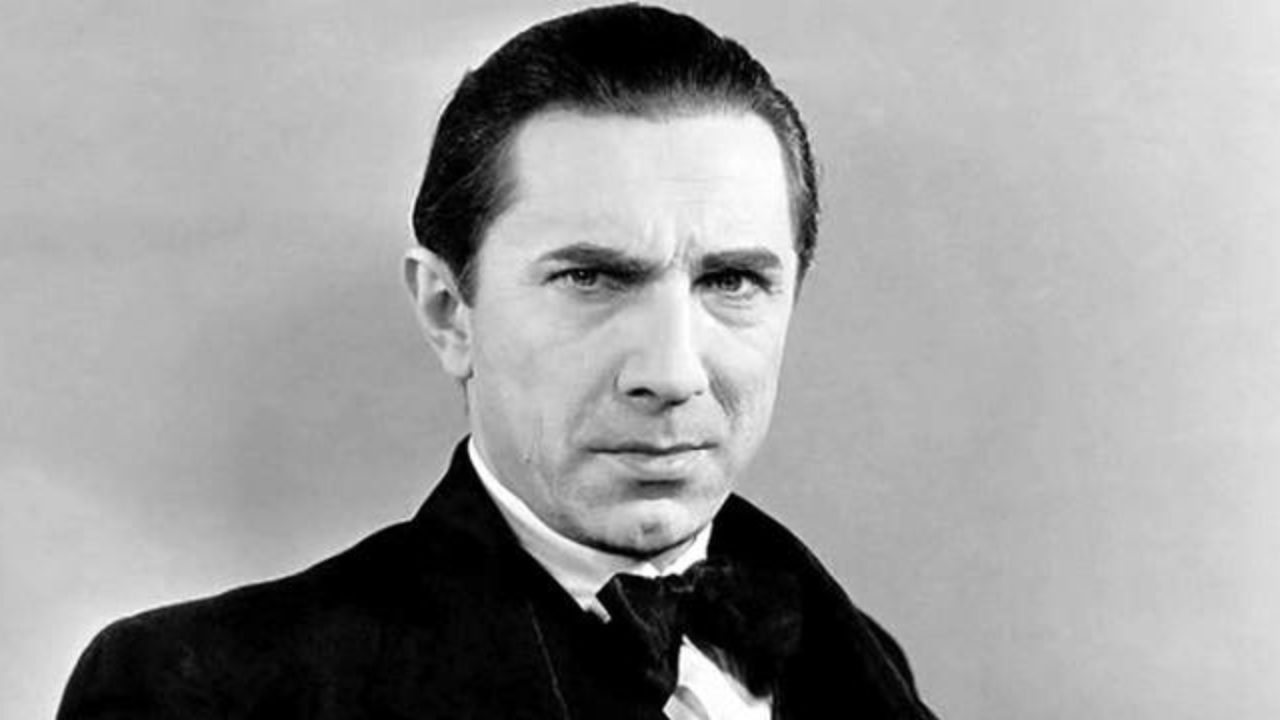 The Top 10 Movies Starring Bela Lugosi Bela Lugosi, the legendary Hungarian actor, is best known for his iconic portrayal of Count Dracula, but his career extended far beyond that single role. Lugosi was a major figure in horror cinema during the 1930s and 1940s, collaborating frequently with Universal Pictures and other studios. His performances, often tinged with a theatrical and hypnotic intensity, made him one of the most memorable horror actors in film history. Below are the top ten movies starring Bela Lugosi, showcasing his talent and enduring legacy. 1. Dracula (1931) Without question, Dracula remains Bela Lugosi’s defining role. His portrayal of the Transylvanian vampire set the standard for all future interpretations, from his hypnotic gaze to his slow, deliberate speech. Directed by Tod Browning, Dracula cemented Universal Studios’ dominance in the horror genre and made Lugosi a star. 2. White Zombie (1932) This early zombie film, often considered the first feature-length zombie movie, showcases Lugosi as the sinister voodoo master Murder Legendre. His eerie, mesmerizing presence elevates the film, making it one of the most atmospheric horror movies of the early 1930s. 3. The Black Cat (1934) In this chilling thriller, Lugosi stars alongside Boris Karloff in one of their best pairings. Playing Dr. Vitus Werdegast, Lugosi delivers a complex performance as a tortured man seeking revenge against Karloff’s sadistic character. The film’s expressionistic style and disturbing themes make it a standout of 1930s horror. 4. The Raven (1935) Another Lugosi-Karloff collaboration, The Raven is inspired by the works of Edgar Allan Poe. Lugosi plays a brilliant but deranged surgeon obsessed with Poe’s writings. His performance as the sadistic Dr. Vollin, who uses torture devices to torment his victims, is one of his most chilling and over-the-top. 5. Son of Frankenstein (1939) While Boris Karloff returns as the Monster, Lugosi steals the show as Ygor, a devious and grotesque blacksmith who manipulates the Monster for his own vengeful purposes. His performance in Son of Frankenstein revitalized his career, proving he was more than just Dracula. 6. The Invisible Ray (1936) A sci-fi horror thriller that again pairs Lugosi with Boris Karloff, The Invisible Ray sees Lugosi playing Dr. Felix Benet, a scientist investigating a deadly cosmic radiation. While Karloff has the lead, Lugosi delivers one of his more sympathetic roles, portraying a noble scientist rather than a villain. 7. Ghost of Frankenstein (1942) Reprising his role as Ygor, Lugosi continues his manipulative ways in this follow-up to Son of Frankenstein. His performance remains a highlight, even as the Frankenstein series began shifting into more formulaic storytelling. 8. Frankenstein Meets the Wolf Man (1943) In an ironic twist, Lugosi finally gets to play Frankenstein’s Monster, a role he originally turned down in 1931. Though much of his performance was cut in editing, his lumbering, blind portrayal of the Monster adds a fascinating layer to the Universal Monsters lore. 9. The Return of the Vampire (1943) Essentially a Dracula knockoff, this film features Lugosi as a vampire named Armand Tesla. Despite not being an official Dracula sequel, it allows Lugosi to return to his most famous archetype in a moody, atmospheric horror film. 10. Plan 9 from Outer Space (1957) Though infamous for being one of the worst films ever made, Ed Wood’s Plan 9 from Outer Space is an essential part of Lugosi’s legacy. Lugosi, who had passed away before filming was completed, appears in brief, reused footage, with a stand-in awkwardly replacing him for the rest of the film. Despite its flaws, Plan 9 remains a cult favorite, immortalizing Lugosi’s final screen appearance. Final Thoughts Bela Lugosi’s career was filled with highs and lows, but his impact on the horror genre remains undeniable. His performances, especially in Dracula, White Zombie, and The Black Cat, continue to influence actors and filmmakers today. Though he struggled to escape the shadow of his most famous role, Lugosi’s contributions to cinema ensure his place as one of horror’s greatest legends. Vincent Price was a master of horror, but he also excelled in drama, comedy, and even film noir. Here are ten of his best films, showcasing his range and unforgettable presence:
Check out our newest Roku channel, Movies by the Year, https://channelstore.roku.com/details/c0123e0c8667f30a0f89ab224bf05ccb/movies-by-the-year. This channel is replacing Classic Television Vault and brings you Hollywood classics from all of your favorite stars, categorized by year and genre.
The Green Promise is a 1948 American drama film directed by William D. Russell. The film was co-produced by Houston oilman Glenn McCarthy and leading man Robert Paige to display the concept and meaning of the 4-H Club and highlight farming issues such as soil erosion, government programs, and individual enterprise. The title refers to a scene where the local preacher gives a sermon on a story from the Book of Exodus of God's "green promise" to lead Moses into a land of milk and honey. The preacher reminds his congregation that the fulfillment of the promise requires faith, difficult journeys and open-mindedness.
During the storm scene shot at Goldwyn Studios, Natalie Wood was supposed to run across a bridge, which would collapse into the torrent of water beneath, after she reached the opposite side. However, the stunt went wrong, and the bridge collapsed while Wood was still on it. She fell into the water, banging her left wrist as she fell. Though she managed to pull herself back up, the young actress was shaken and her wrist was broken. The bone was not set correctly and healed so that it protruded from the wrist. She would thereafter disguise the protruding bone with a bracelet. A nationwide contest for a 4-H Club girl to have a small part in the picture was won by Jeanne LaDuke who shared a tutor with Natalie Wood. McLintock! is a 1963 American Western comedy film, starring John Wayne and Maureen O'Hara, directed by Andrew V. McLaglen. The film co-stars Wayne's son Patrick Wayne, Stefanie Powers, Jack Kruschen, Chill Wills, and Yvonne De Carlo (billed as special guest star). Loosely based on William Shakespeare's The Taming of the Shrew, the project was filmed in Technicolor and Panavision, and produced by Wayne's company, Batjac Productions.
The script was developed by John Wayne as a way for him to express his disapproval for how Westerns negatively represent Native Americans, his opinions on marital abuse, and discontent for political corruption from either party, intentionally contrasting previous films in which Wayne starred but had little creative-control, such as John Ford's The Searchers. Another sharp contrast from previous films of Wayne is the emphasis on comedy, and using the Western setting for slapstick possibilities. He offered the job of directing to Andrew McLaglen, son to Wayne's longtime co-star Victor McLaglen, who had directed a number of low-budget features and had worked widely in television. It was the first movie fully produced by Wayne's son, Michael, although Michael Wayne had worked on a number of other films in various capacities. The male juvenile lead was John Wayne's younger son, Patrick. The film was shot at Old Tucson Studios, west of Tucson, Arizona, and at San Rafael Ranch House - San Rafael State Natural Area, south of Patagonia, Arizona, and Nogales. Although the name of the territory is never mentioned, and the Mesa Verde region where the film is set is located predominantly in Colorado, New Mexico, and Utah, in the court scene, the flag of Arizona is seen alongside the U.S. flag, although the flag of Arizona was not created until 1917. As in many other John Wayne films, Wayne is wearing his favorite "Red River D" belt buckle. It can be best seen in the scene where G.W. addresses the homesteaders about 10 minutes into the film, and at the end of the scene where the Comanche ride through town on the way to "the last fight of the Comanche," around 10 minutes from the end of the movie. |
Classic Movie VaultOur classic movie and tv show appsavailable for free on the Roku streaming platform. Archives
March 2025
Categories |

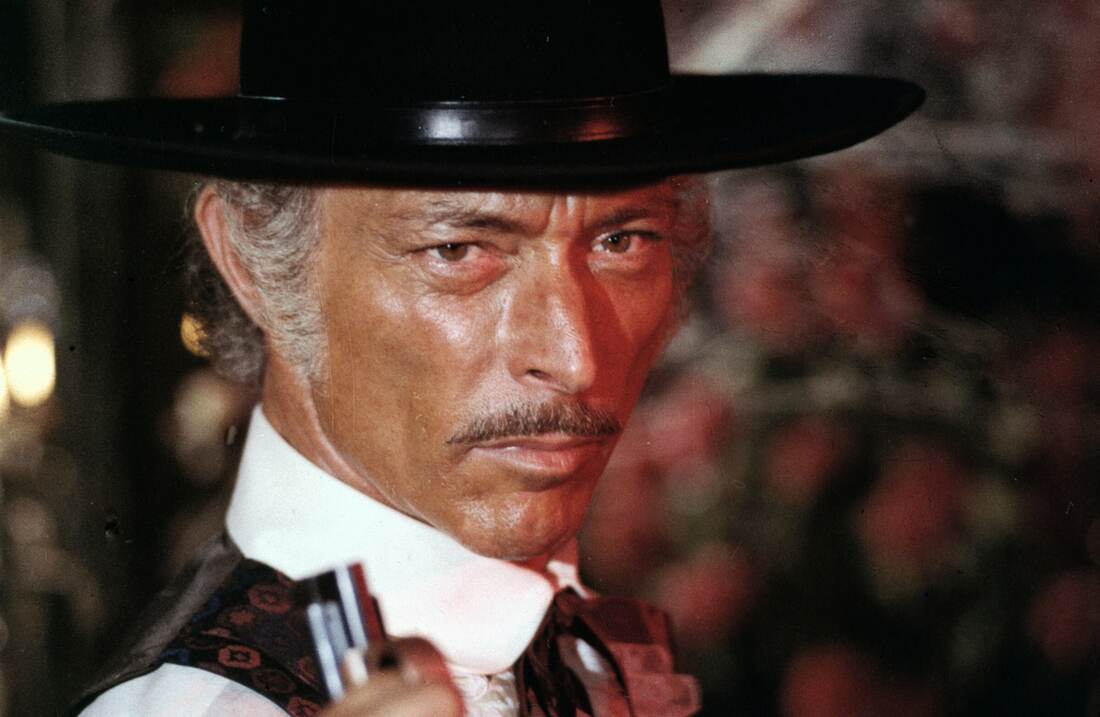
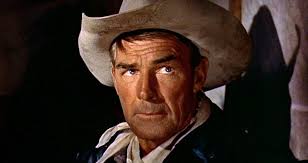
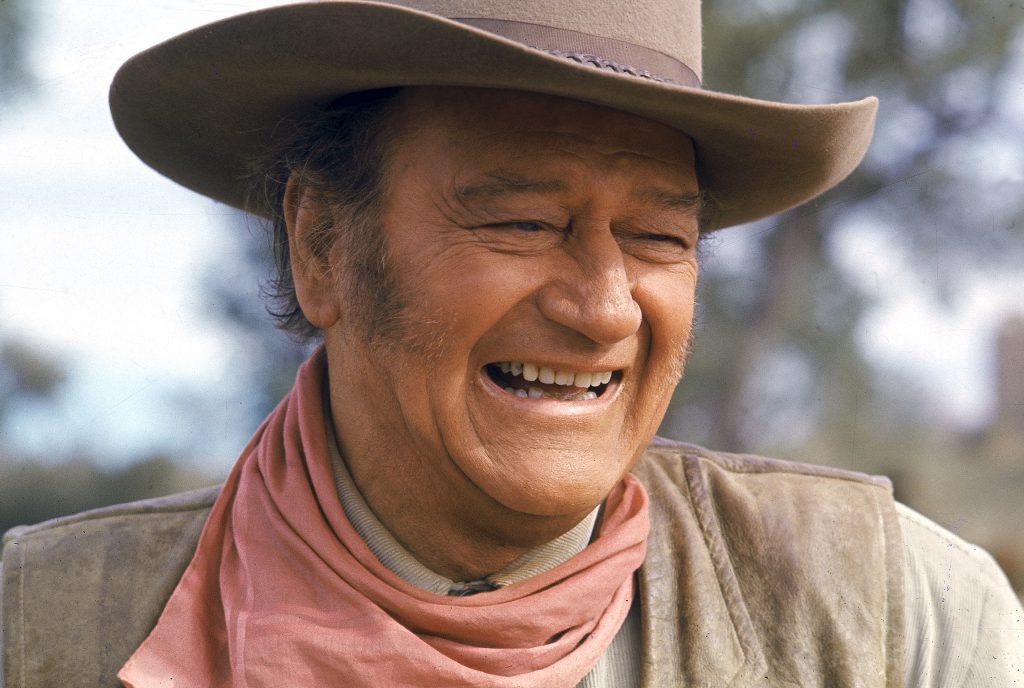
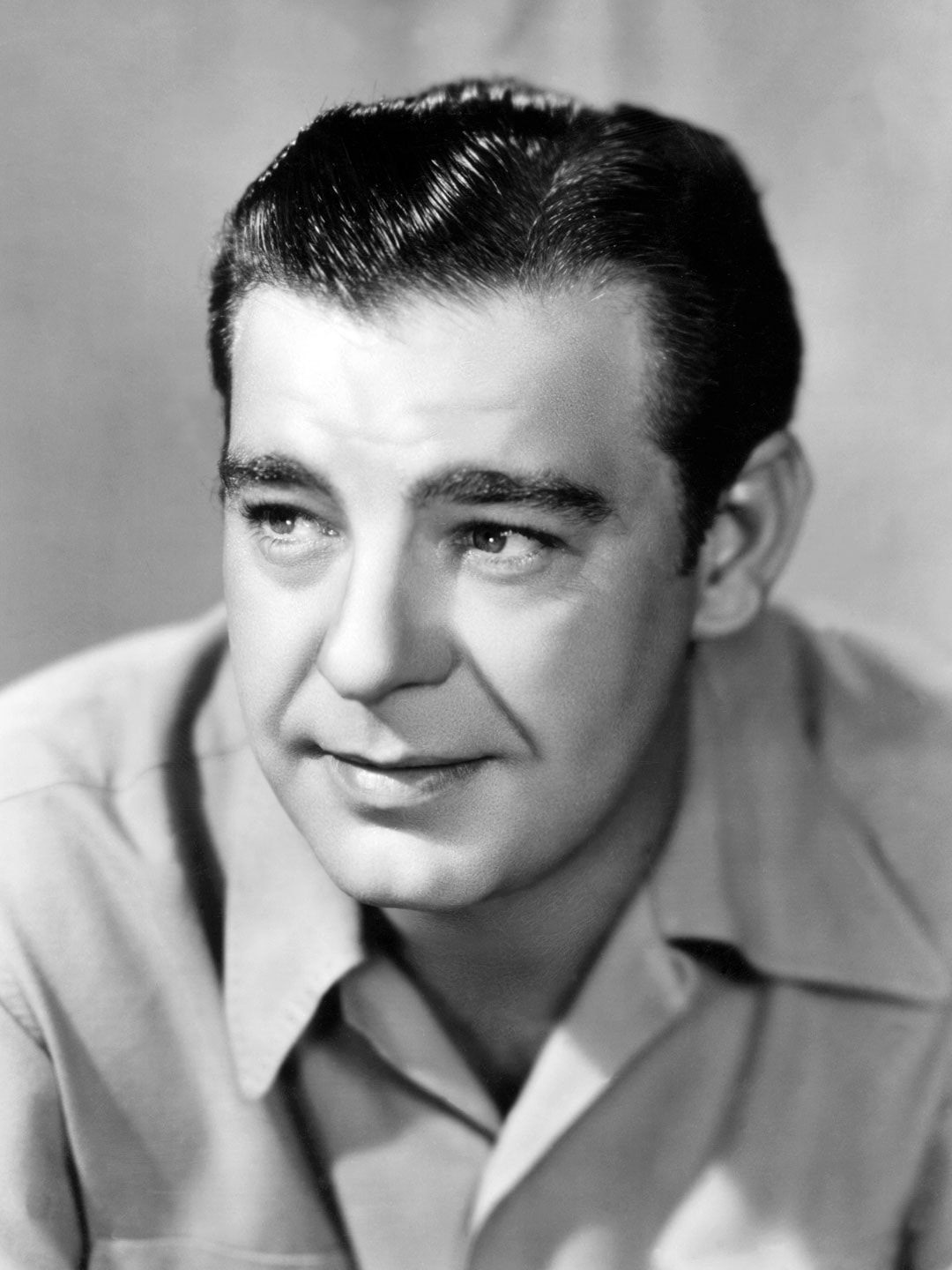
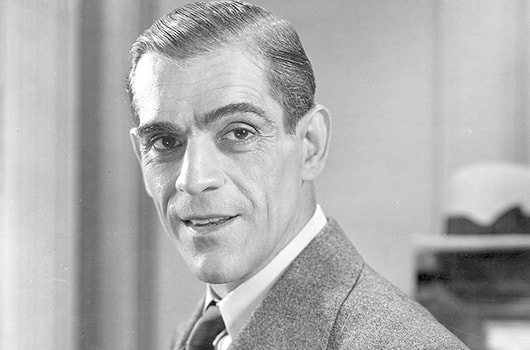
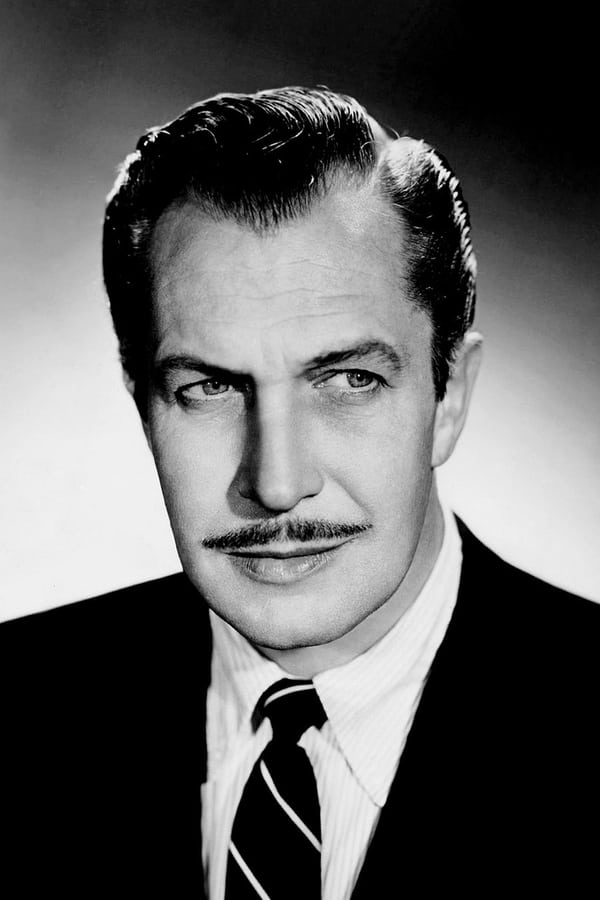
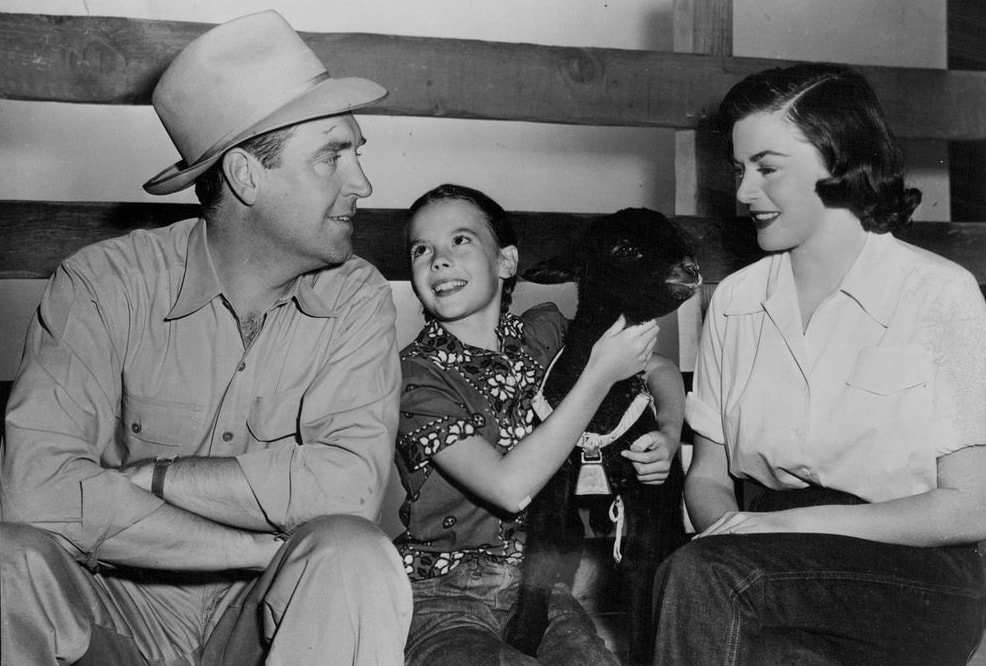
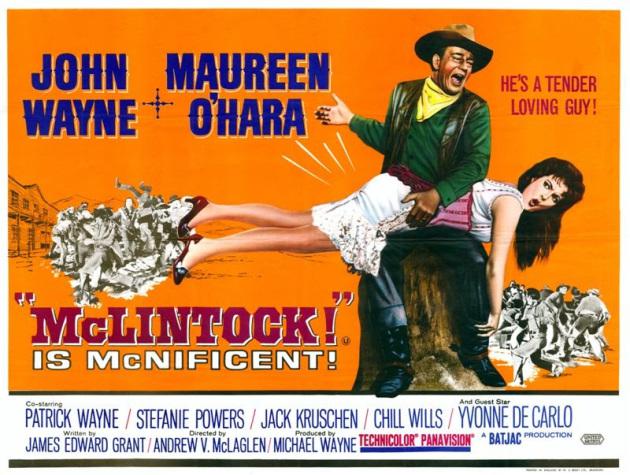
 RSS Feed
RSS Feed